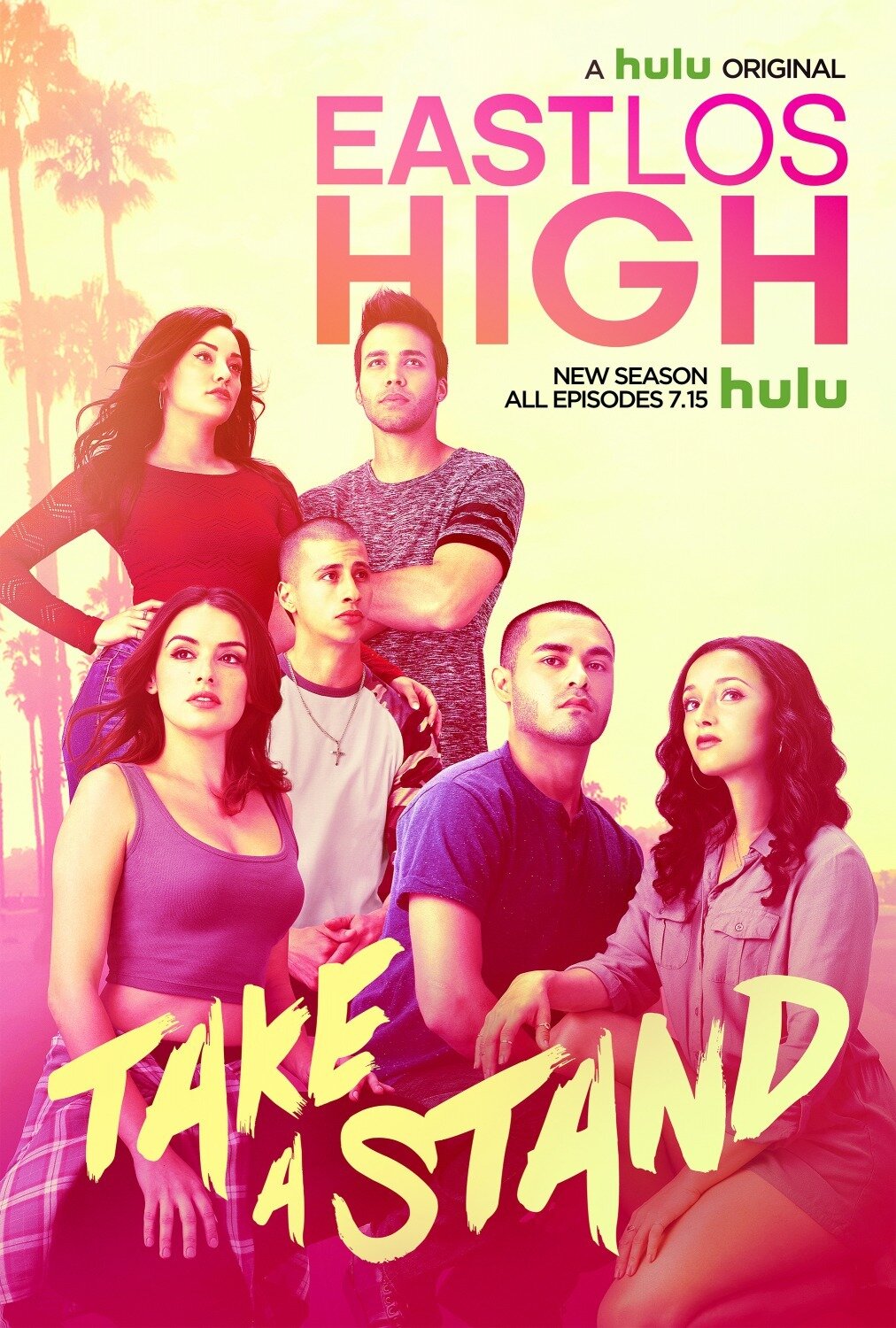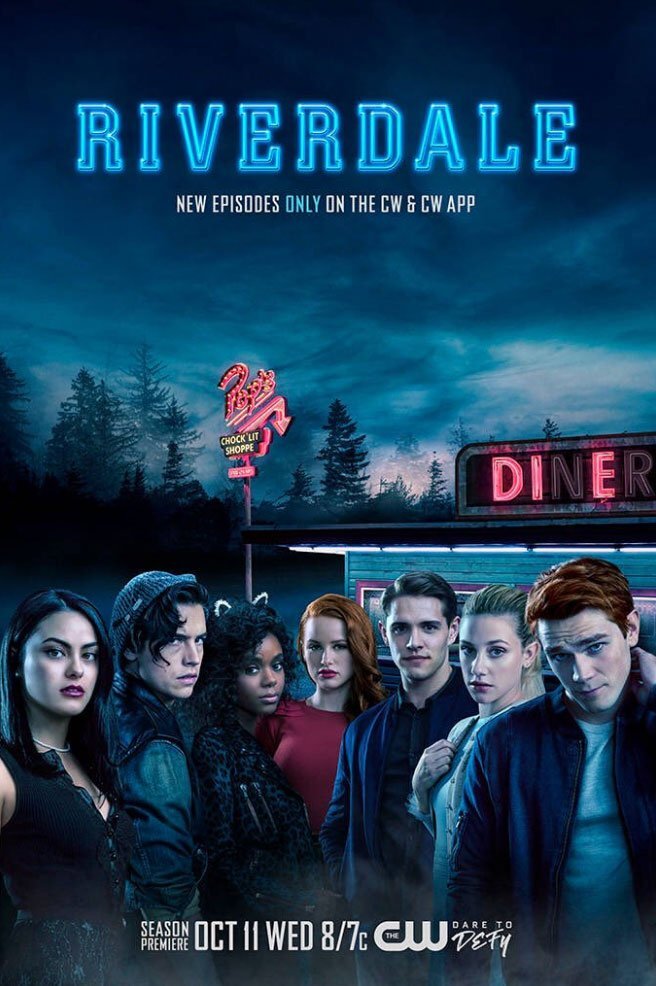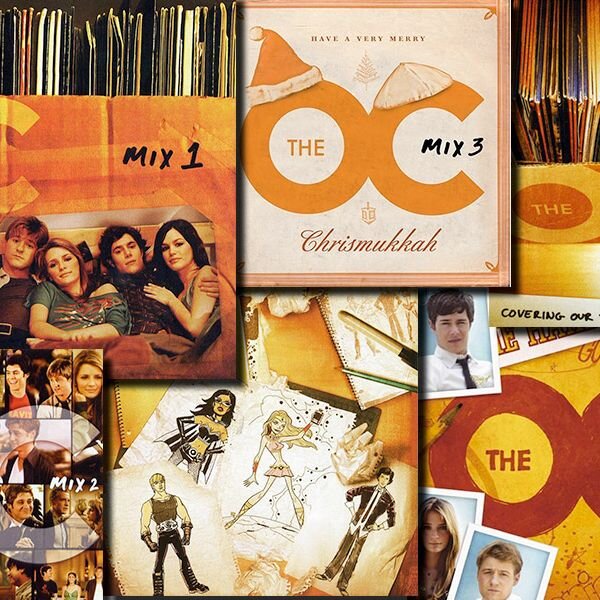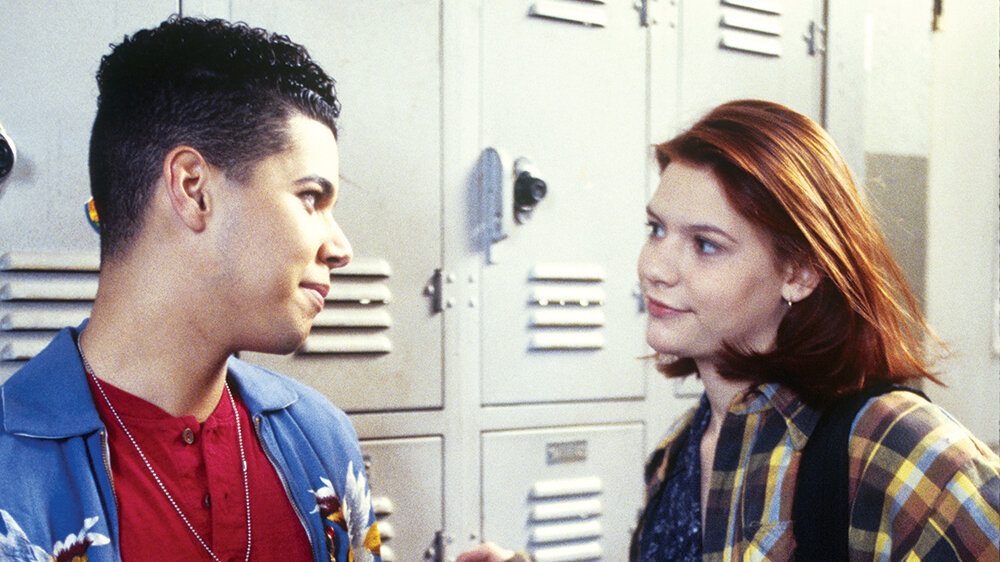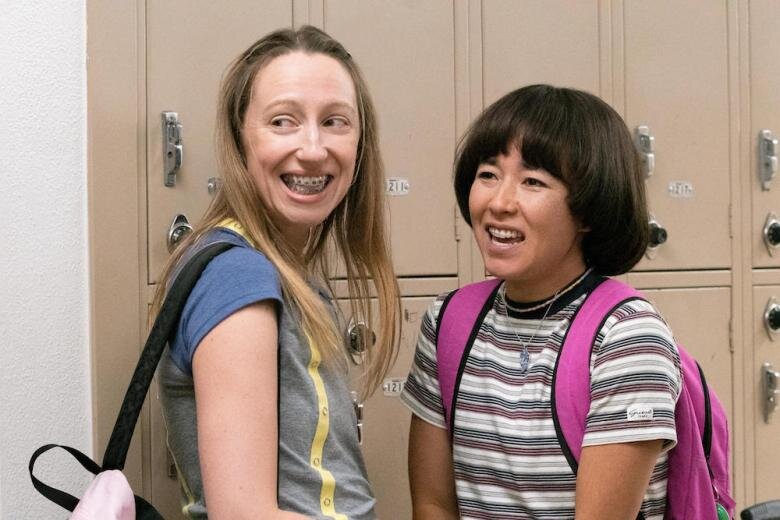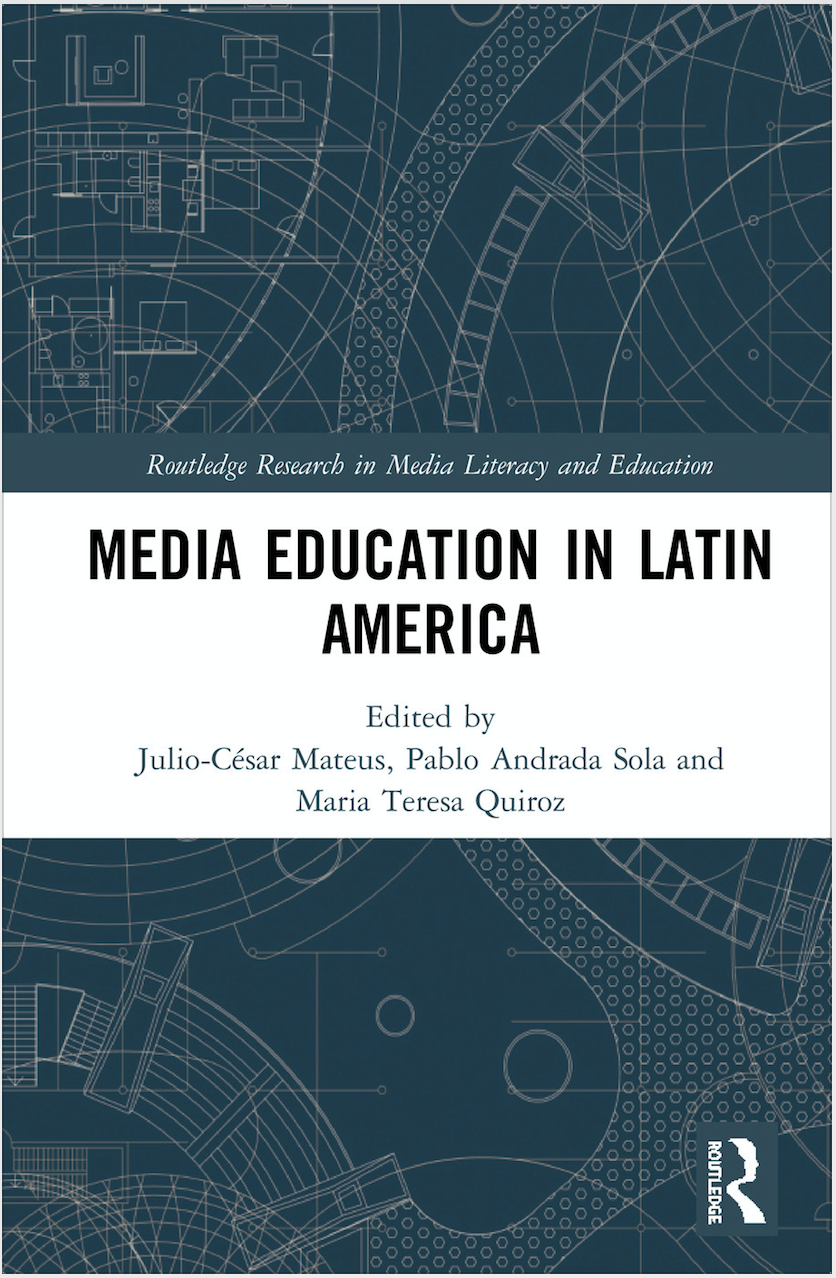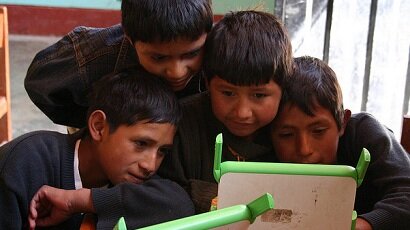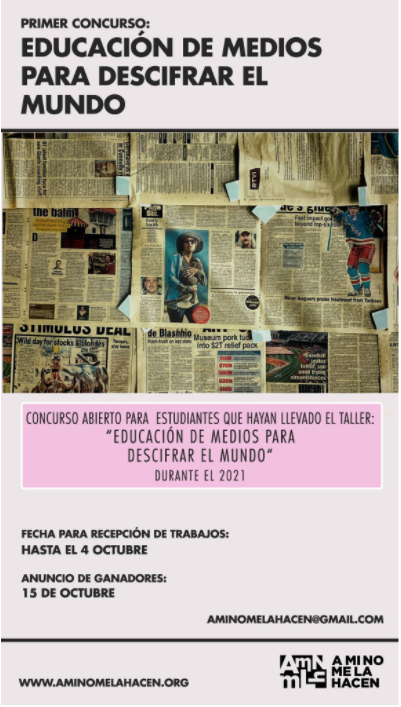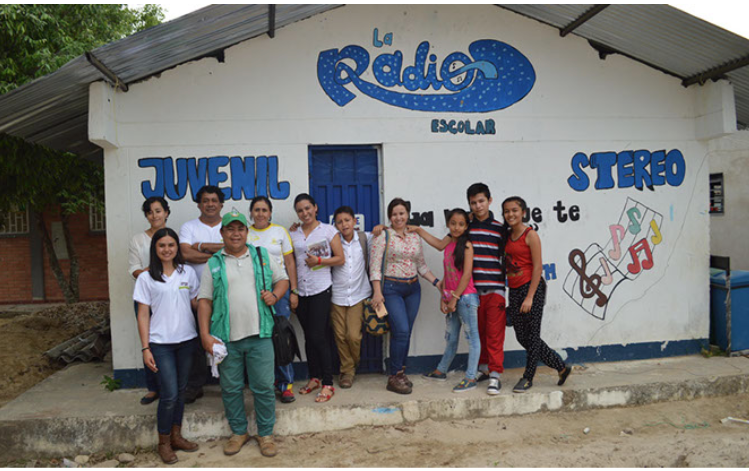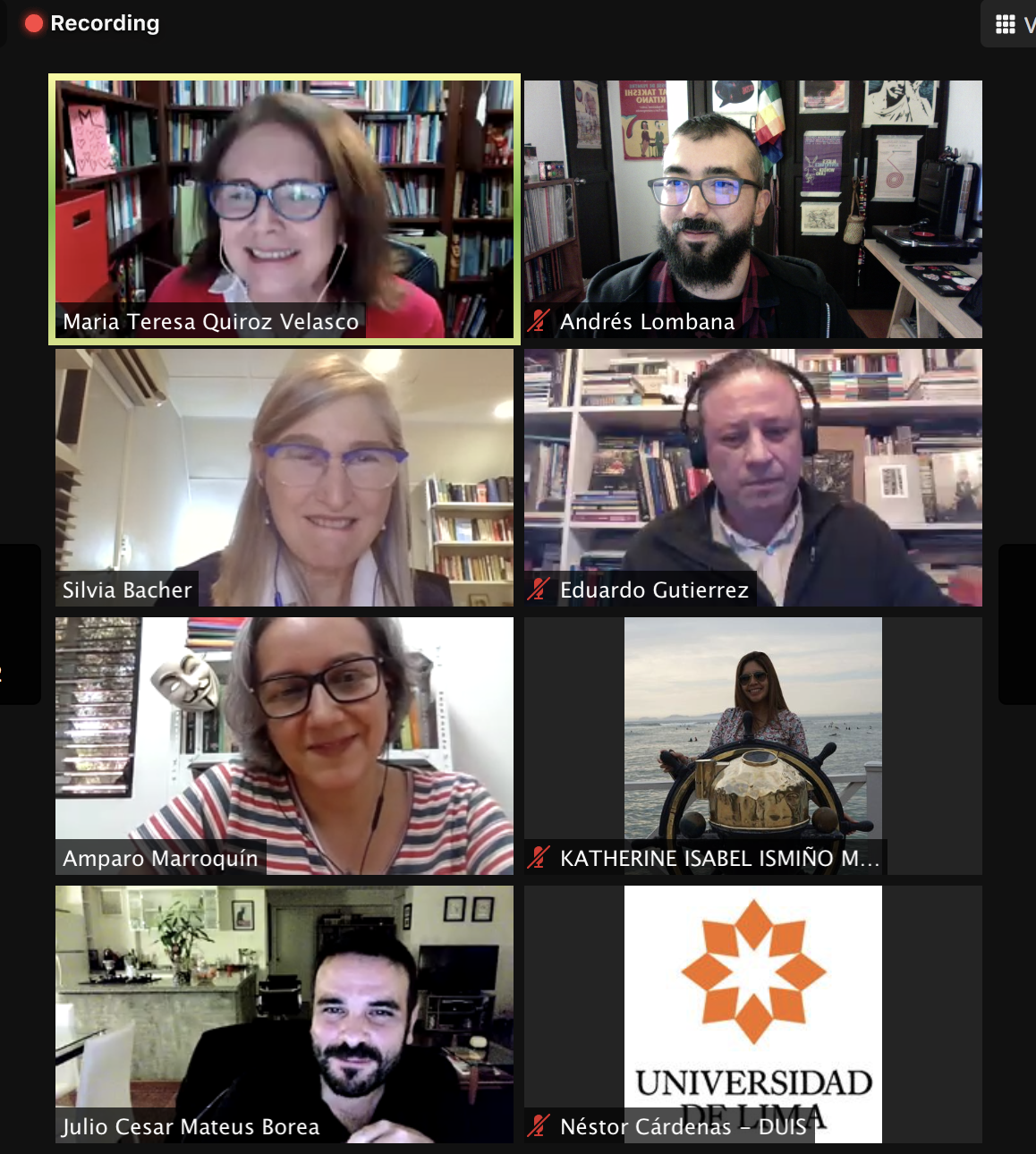Free Human Kindness: How ASMR Is Helping Us Survive the Pandemic, Clinical Depression and America's Culture Wars(Part Two)
/To read the rest, see part one and part three.
You’ve already said several times here that a majority of the community leaders are women. This has to do with notions of attractiveness and sexiness to be sure, but we’ve also talked about the strong maternal roles these women play in the life of their followers. That they are traditionally attractive gets men to look once. It may even offer some thrill given these women are getting close to the camera, whispering, and otherwise creating a dynamic we associate with more intimate relations, but the maternal nurturing would seem to be what sustains these relationships.
Since these are complex and personal subjects I just want to say up front: Most of my thoughts on this are based on my close observations and experiences as a viewer. You’re interviewing me as a fan, but an artist might well describe their own work differently.
When I was little my mother used to rub my back, ruffle my hair, cuddle me and speak to me in soft voices. Those experiences filled me with a deep sense of well-being. I felt very safe and protected. I did less of that with you, dad – probably because society tries very hard to make men feel self-conscious being affectionate with one another – so I associate those feelings specifically with feminine nurturing. We, as adults, possess “inner children” - versions of ourselves which haven’t really aged that much since our early years, but which we’re usually forced to hide away from the adult world for protection. It can be very healing when we’re able to trust someone enough to let them care for our inner children or play with our inner children.
I’ll never forget a video Frivolous Fox made where she sang “You Are My Sunshine”. I started sobbing, because my mother used to sing that song to me when she was about that same age, and I felt like Frivvi had captured that moment in a bottle for me, allowing me to have it back.
On her Twitch channel, Cutscene Cutie often hums vintage Disney songs and it always makes my heart soar, because she has such a beautiful voice, and because I watched those animated films when I was little. Scottish Murmurs loves to play the ‘Dot Dot, Line Line’ game with viewers, because it was something her mom always did with her when she was a child. Gibi has a wonderful series where she plays with children’s books and puzzles. Several artists I like have made videos where they play school nurses who check you for lice, grade school teachers who help you make arts and crafts for your parents, or moms who tuck you into bed. The White Rabbit roleplays as an Italian grandmother named Nonna and knits you a scarf.
At the same time, different people need other kinds of therapeutic experiences. Some artists offer snuggling videos where they pretend to be your girlfriend and to lie next to you while you go to sleep. Or they pretend to be your wife and they comfort you after you had a bad day at work. I think someone could definitely watch a movie like Blade Runner 2049 or Her which deals with the romance between a man and artificial intelligence and they could view this as a disturbing trend. If you can just get your needs met without confronting the complexities of real human relationships then not only will you be alone, but someone else will be alone who you could have had a relationship with. Switzerland’s Gina Carla has a video where she just repeats, “I love you, I love you, I love you” for several minutes, and by the end of it she’s crying because she’s thinking about the people out there who need to hear that. I just feel that many people have been so damaged by friends and partners who recklessly hurt their feelings that they need to see healthy relationships modeled, and get a sense of what they feel like, before they’ll be prepared to risk looking for them again.
As we look at these women, they often express ideals we might associate with feminism -- from self-empowerment to notions of consent, from queer positivity to a rejection of body and slut shaming. So, tell us more about how the genre facilitates those messages.
My favorite ASMR video of all time, because of its potential to transcend entertainment and help people, is Goodnight Moon’s “Can I Touch Your Face?” She demonstrates that asking for consent doesn’t have to be uncomfortable. If you bring a different energy to it, it can be playful, intimate and inviting. Instead of just opening you up for rejection it can be an empowering affirmation of what you want. By making it about something that’s very personal but not sexual she keeps it from coming across as dirty. I wish that sex education students would watch it because if they learned from her they’d probably develop some healthy practices and outlooks.
I’d hope many of the artists feel empowered by their work. But, one of the most powerful and deeply personal stories I’ve heard comes from FrivolousFox (Lauren). This one is difficult for me to write about, and I can’t imagine how difficult it was for her to tell. It’s the very rare ASMR video that isn’t relaxing, but if anything speaks to the heart of what the art movement is about, it’s this.
In high school Lauren was a deeply insecure tomboy from a small-town religious upbringing. She fell in love with a girl, which caused her to feel ashamed, and caused her family to stop supporting her. She pursued the relationship in secret for several years, even after the other girl’s mom sent her to a school in another state. In college Lauren got a car so that she could see her girlfriend whenever she wanted. They went on a road trip. They were clowning around and Lauren got into a car wreck. The car somersaulted and landed on the other side of the highway. Her girlfriend was in a coma for 33 days and when she woke up she was mute and had to relearn everything from scratch. She’s still very limited in what she can do. Lauren wasn’t allowed to see her for five years and had to find a way to process the unbearable regret that she felt. She has dealt with severe emotional problems ever since, but ASMR has given her a way to try to comfort other people who are in pain. She’s probably the most outspoken ASMRtist I know about mental health issues and she’s one of several LGBTQ+ artists who have made videos with queer positive themes, such as roleplays around gay crushes, or ones which offer you words of acceptance.
I think originally ASMR was, overall, a relatively white group, albeit one which had a lot of diversity in life experience. At the same time, YouTube has such a low barrier for entry that you don’t need to be in Hollywood to make it. You don’t need to be recognized by an agent or a producer. All kinds of people from around the world have been able to add their authentic voices to the culture. There have long been a few icons heavily visible within the space, such as MattyTingles, who was born in South Korea, BoHime Chella, who is of Portugese descent, ASMR Glow, who’s of Israeli and Moroccan descent, and Angelica, RaffyTaphy and The ASMR Ryan, who are Latinx. There have also been Caucasians from countries around the world such as Scottish Undertones, Tinglesmith and WhispersRed, who are British, Gentle Whispers and Palagea, who are Russian, Gina Carla, who is Swiss, and MassageASMR, who is Australian. Over the past few years I have become aware of an ever-wider range of Black voices entering the space, including the aforementioned BoHime Chella, Batala, April’s ASMR, Annura’s ASMR and JayYoung. In many cases my awareness is honestly the operative phrase, because they had been around. In other cases, it’s because our circle of friends has grown exponentially.
There are also a whole world of artists like Latte, ASMR PPOMO, SAS-ASMR, Devya Gurjar, KittyKlaw and Petit Sucre Blau who largely or exclusively speak languages other than English. PPOMO and SAS have two of the five largest channels in the world. Honestly, I really enjoy the languages and accents. But apart from just representation, each of these people brings elements of their cultures to their videos. If I’ve misdescribed anyone’s identity, please let me know and I’ll be happy to edit it. Since singling any one culture out with a video example goes against the spirit of what I’m saying I’ll use a playlist again.
Honestly, it’s easy to get comfortable with a group of favorite artists and never become as familiar with others, even though they’re just as good. There are so many creators out there that it can be easy for busy people to just feel overwhelmed. But when you do take the time to sample artists it can be really rewarding. I’d love to read a similar personal essay written by someone who primarily watches an entirely different group of creators.
I think you have now given us enough of a core understanding of this community, its values, and its leadership structure that we can start to make sense of the role ASMR was playing for people during the Pandemic. So, share a bit more about the ways that these videos focused on self-care and community well-being helped people -- especially those struggling with depression and anxiety -- make it through this incredibly difficult time. How did these performers -- of all races and nationalities, as you note -- embrace new responsibilities for their community? And what did this mean for their followers?
To be honest, the first time I saw a COVID mask in an ASMR video I felt uneasy. I liked it even less when one artist called out another for failing to use her platform to promote Black Lives Matter, and the criticized person received a flood of hateful Twitter DMs, including threats to her children’s safety. She was left visibly frightened and crying. “I make relaxation videos to help people sleep,” she said. As 2020 went by some artists had to step away because their own mental health had collapsed. My clinical depression and anxiety had reached an all-time high and I was mainlining hours of relaxation videos every day, trying to stay fucking calm. Seeing the ASMR community become more like the rest of the world was not helping my confidence that everything was going to turn out alright.
A number of ASMR Twitch streamers held 24 hour telethons for a variety of charitable causes. I expected their donors to dry up after the first few hours. A lot of ASMR viewers are young, with very little economic opportunity, especially during a pandemic and record layoffs. But I’d wake up at 4am and check back in and the gifts would still be rolling in. Frivolous Fox regularly used her Twitch channel to go on hours-long, life affirming rambles about topics like empathy and forgiveness. She’d probably be embarrassed by this description, but it was almost like watching a 27 year old pastor deliver sermons for secular Millennial audiences.
Here is a video where “Doctor” Darling tests you for COVID, debunking misinformation in the process, which captures both the insomnia-producing anxieties and the desire to help during this moment,
We got through it. By the Fall of 2020 I had developed curiosity about what COVID masks my favorite artists were wearing and seen a very welcome increase in the amount of content they were putting out each week. By the Spring of 2021 I had lost interest in their masks and I felt glad for those who were able to go on well-deserved vacations or visit with each other in person. The in-fighting had calmed down to a whisper. The videos were largely indistinguishable from those which had come before the pandemic, except that there were more artists. It wouldn’t surprise me if some of the ranks thin out, both on the supply and demand sides, as people place a renewed value on face-to-face relationships. My consumption has decreased a little, because I’ve been busy and my mental health has been pretty good.
I’ll remember, though, that throughout it all, despite and because of their humanity, most of the steadfast helpers stayed on the ship, seemingly ready to go down with it if necessary. I know their work was sometimes exhausting to them, but it gave them a way to help people from the safety of their homes, without spreading the disease. I love them for who they are.
Charlie Jenkins is a novelist and transmedia consultant. His upcoming debut novel, American Wrestling 1989, is a melodrama which explore cultural conflicts in the world of 1980s professional wrestling and the ways that broken and discarded people can either heal or hurt one another as they endure their own personal tragedies. He was previously the Creative Director of Chaotic Good Studios and Research Director for The Alchemists Transmedia Storytelling Company, serving clients like NBC, The CW, Blizzard Entertainment and BaseFX.
















